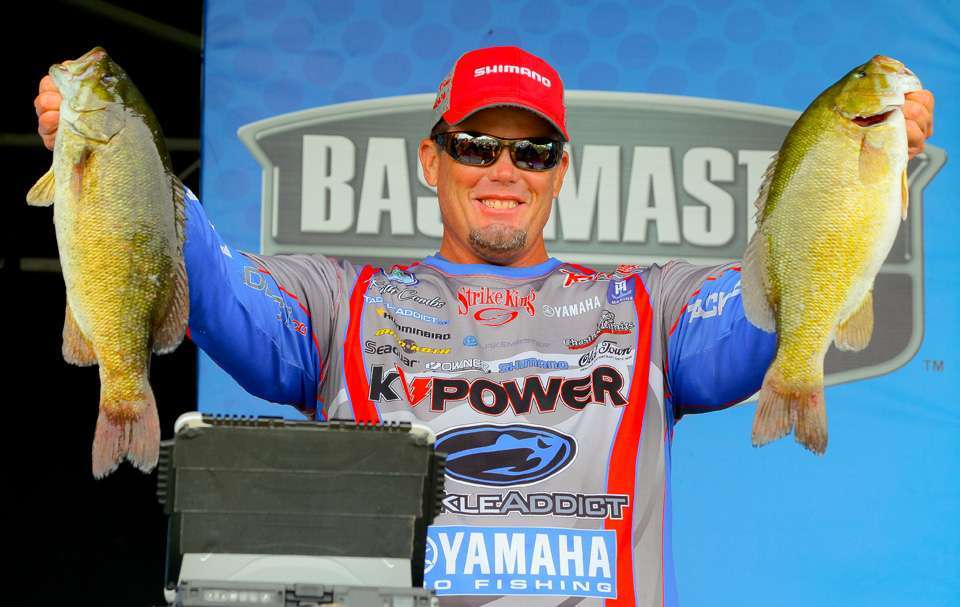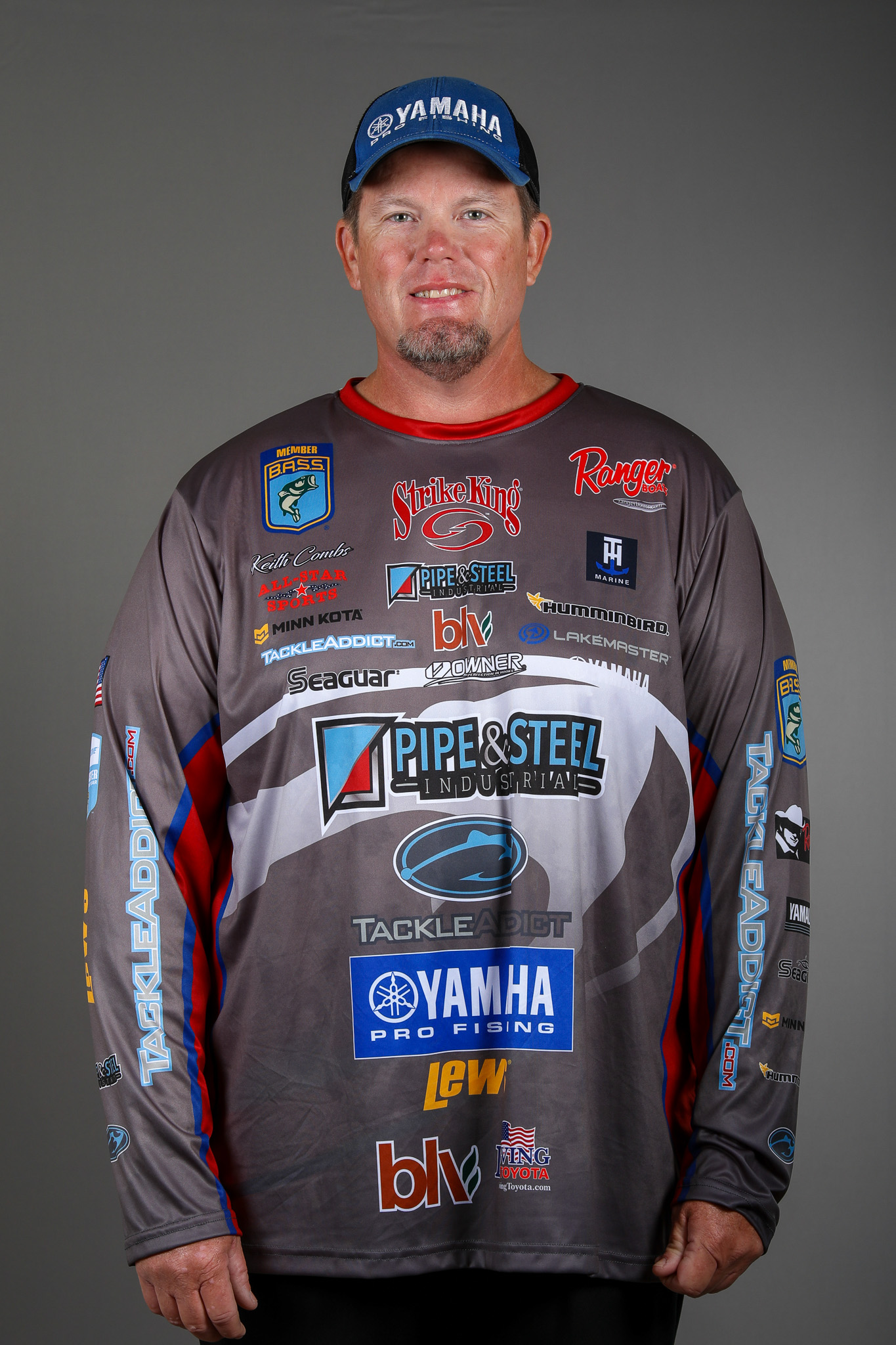
Early in my career, another pro told me to “never trust smallmouth.” I didn’t know exactly what he meant at the time, but it’s a lesson that I’ve learned again and again and again. In 2015 at Havasu I had a great practice and went all-in on a “no fail” smallmouth pattern and got burned with a horrible 103rd place finish. It happened again last week at St. Clair. I finished 40th so the result wasn’t quite as disappointing, but after having an incredible practice it was still a tremendous letdown.
I’d visited St. Clair before it went off-limits and found seven or eight spots that I thought could produce. On Monday, the first day of official practice, I started off with a drop shot, but it quickly became apparent that finesse wasn’t necessary. I switched to a Strike King 6XD and could pretty much call my shots, and they were big. My spots were loaded with bait and loaded with bass, and I thought that I had a great chance to win.
What I should have remembered is that you can’t ever put all of your eggs in one basket with smallmouth. I normally try to find groups of them on two sides of the lake, in case the wind shifts, and on two different patterns – ideally one reaction bait and something slow on the bottom. To tell you the truth, it never hurts to have a third location and a third pattern ready to go. They’re that flighty. My spots were just so loaded on Monday that it never dawned on me that things could go haywire.
I spent Tuesday and Wednesday looking for more spots that fit the pattern, and it’s a good thing that I did because on Wednesday I found one more place that carried me through the tournament.
On Day 1 of the tournament I arrived at my first spot to find that the bait was still there, but the smallmouth were not. I fished around for a while and never got a bite. I hit my second spot – nothing. My third spot – nothing again. At that point I was cursing myself for not finding anything else in practice. Finally I caught one, but at 1 o’clock I still only had one smallmouth in the livewell.
My mind was spinning trying to figure out what had gone wrong. I realized that the wind had been out of the south on Monday, and then out of the north the following two days. I’d assumed that the fish were so thick and so keyed in on that bait that nothing would move them, but I was clearly wrong. Finally I moved to the area I’d discovered on Wednesday and fortunately there were still a few bass there. I scrapped everything else and rode out the remainder of the tournament on those fish.
While I’m pleased that I turned a bad experience into a money finish, I’m frustrated that I didn’t heed the lessons I’ve learned over the past decade. I love to fish for smallmouth – it’s one of my favorite things to do – but I still don’t completely have a handle on why they stay certain places and why they leave others.
I’ll take the lesson of St. Clair with me to Mille Lacs. No matter how well the first day of practice goes, I’m going to try to keep my mind open to different possibilities and not get complacent. If I find the fish on big boulders, I’ll try to figure out something else as well – maybe pea gravel or extensive flats – in case the fish abandon that primary pattern. The one lesson I’ve learned in my decade of doing this for a living is that the moment you get locked in is the moment that you’re likely to get surprised. I love fishing for smallmouth, but I’ll never trust them.

